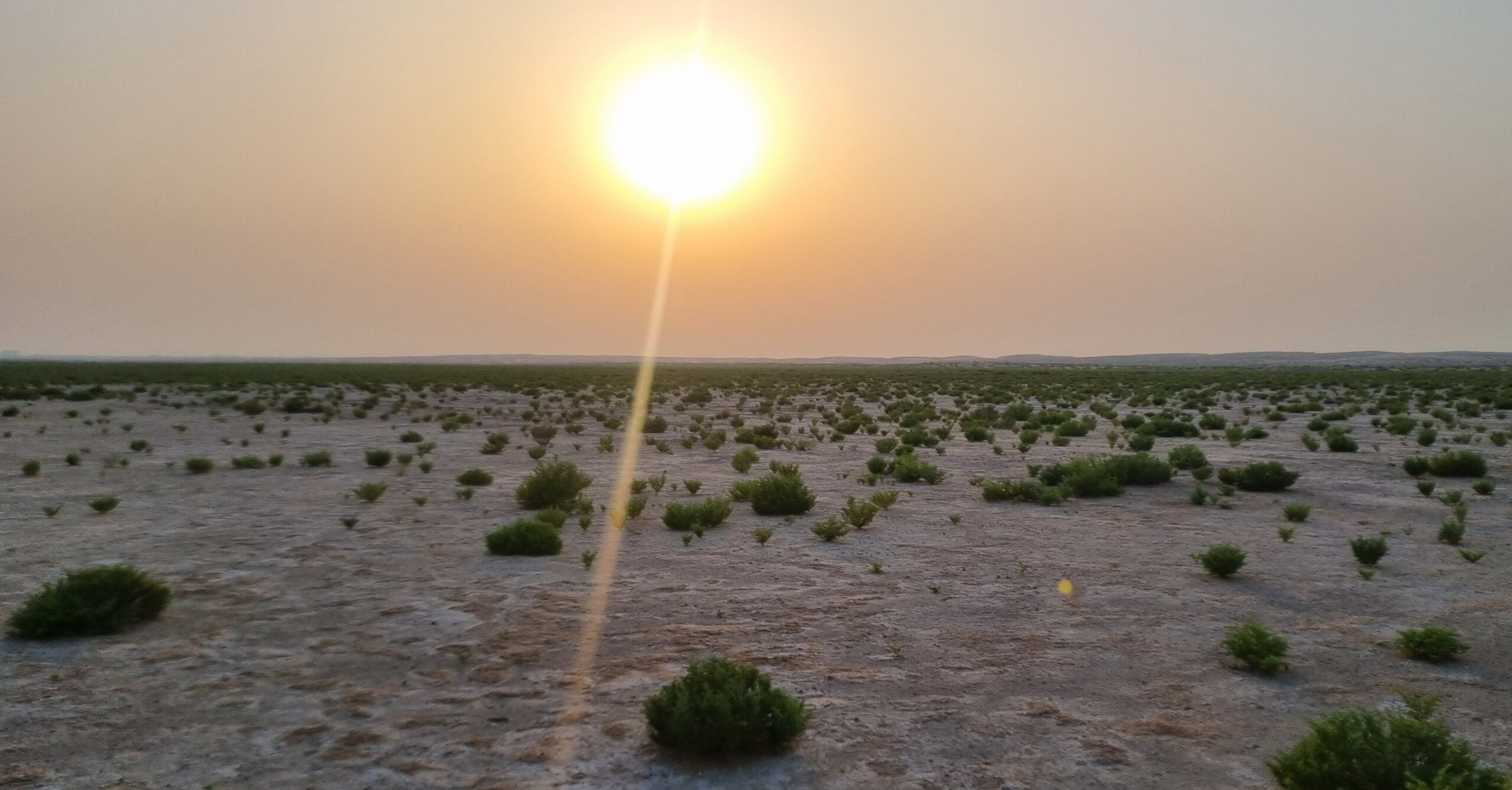
5 Essential Summer Skin Tips for a Healthy and Radiant Glow
February 8, 2024When you hear the word forest, what comes to mind?

Dense trees? The amazon?
What if forests could look completely different—like shrubs scattered across vast desert landscapes? Not the kind of beauty most people think of, but something raw, wild, and uniquely resilient.
Early in my career, I was intrigued by hot arid desert ecosystems—places where life seems improbable. Yet, plants (shrubs and trees) thrive in these conditions, quietly supporting the ecosystem without irrigation, fertilizers, or human intervention. They just are.
In my opinion, desert shrubs specifically are often overlooked. For example, when land is cleared for infrastructure or development, they are removed as if expendable. But let’s call it what is – a form of deforestation? While definitions of forests are specific and well-established, what these shrubs represent—the loss of vegetation, carbon storage potential, and biodiversity, is strikingly similar to what we associate with deforestation.
While the exact carbon storage capacity of arid desert shrubs remains uncertain—varying with species, density, and biomass—one study suggests they can sequester between 390–520 kg of carbon per hectare annually (Hastings et al., 2005). This translates to removing 1.4–1.9 metric tons of CO₂ from the atmosphere each year per hectare. While this may seem modest in isolation, consider this: warm deserts cover approximately 20% of Earth’s total land area, roughly 31 million square kilometers. If even a fraction of this vast landscape were harnessed—or simply left undisturbed from land development—the cumulative impact could perhaps rival some of the most ambitious global climate solutions.
Understanding how these shrubs grow, interact with their environment, and adapt to extreme conditions could unlock their potential—not just for carbon sequestration, but for restoring ecosystems. To better understand their impact, we need to study their carbon cycle, biology, and ecology. These insights could influence everything from climate change action to food and water security.
So, here are my questions: Could recognizing the value of ecosystems like these help us rethink their role in tackling climate change? Could we learn from their strategies for survival, mimic them, and unlock their untapped potential? And most importantly, can we look at them with a renewed lens—not to exploit them for profit, but to use them for good, knowing that any monetary gain will be a natural side effect?
Dr. Lina Fayez Yousef
Cultivating Resilient Food Systems | Entrepreneurial Agri-Innovator


